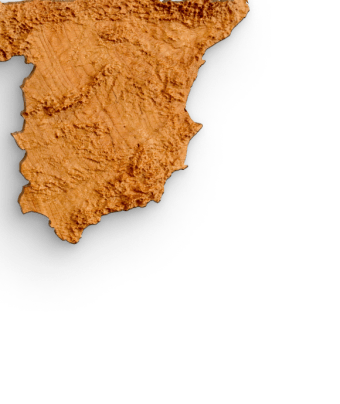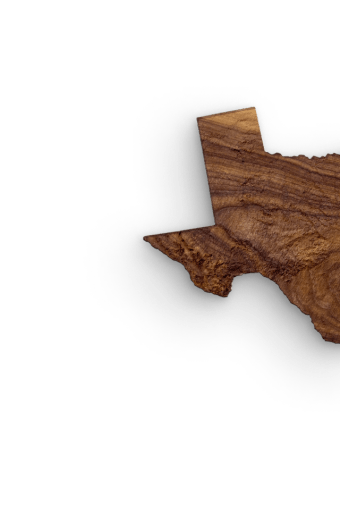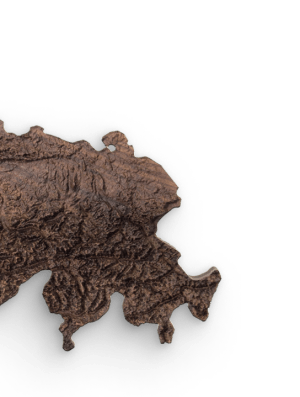




Back soon.
Elevated Woodworking joined Sticker Mule, the internet's favorite place for custom stickers, magnets, t-shirts, and more.
Hand & robot made
Maps are rough-cut with a computer-controlled router and then sanded and oiled by hand.
Sustainable materials
All maps are made using sustainably harvested hardwoods from the Appalachian region.
Topographically accurate
Maps are made using data from the US Geological Survey to create representations.